Home renovation can be an excellent way to spruce up the look of your living space. One of the most effective ways to make an impact is by painting the walls. However, achieving the perfect paint job can be daunting, especially when using a paint sprayer.
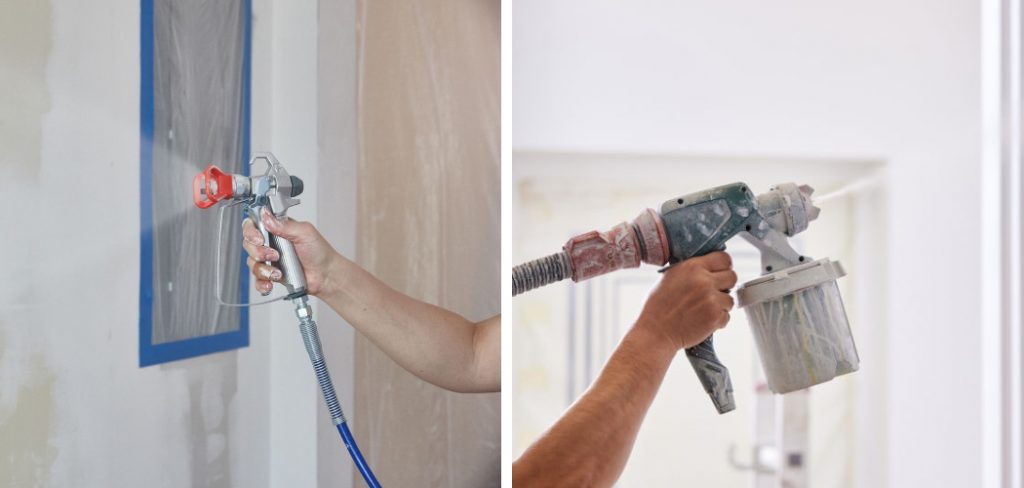
One of the most common problems when using a paint sprayer is overspray, which can land on surfaces you don’t want to paint – like the ceiling. In this blog post, we’ll provide you with some tips and tricks on how to spray walls without hitting ceiling.
Can You Spray Walls without Hitting the Ceiling?
Painting a room can be a daunting task, but it can also be a fun and rewarding experience. If you plan to paint your walls, you might wonder if you can spray them without hitting the ceiling. The answer is yes, but it requires a bit of practice and technique. Firstly, make sure to properly tape off the ceiling and any trim or molding to protect them from the paint.
Use a consistent angle and distance when spraying the walls, and keep the sprayer parallel to the wall to avoid overspray. Also, start with a light coat and gradually build the coverage to avoid drips. With the right tools and technique, you can achieve a flawless finish on your walls without compromising the ceiling.
Why Should You Spray Walls without Hitting the Ceiling?
When it comes to painting walls, it’s important to pay attention to the details and not just the big picture. One key detail to consider is the ceiling. While it may be tempting to spray the walls all the way up to the ceiling, avoiding hitting it carefully can make a huge difference in the overall look of your paint job.
Not only does overspray on the ceiling make it look messy and unprofessional, but it can also create a lot of cleanup work and potential damage to your ceiling or light fixtures. Save yourself the headache by using painter’s tape and a steady hand to create clean lines that will make your walls stand out in all the right ways.
Tips and Tricks on How to Spray Walls without Hitting Ceiling
1. Prep and Protect your Area
First, you must protect your ceiling from overspray to avoid ruining it with paint. Cover your ceiling and all other areas you don’t want to paint with painter’s tape and plastic sheeting. Ensure the tape and sheets are tightly secured so the paint cannot seep through them. You might also want to extend the plastic sheeting beyond the walls to protect the floors.
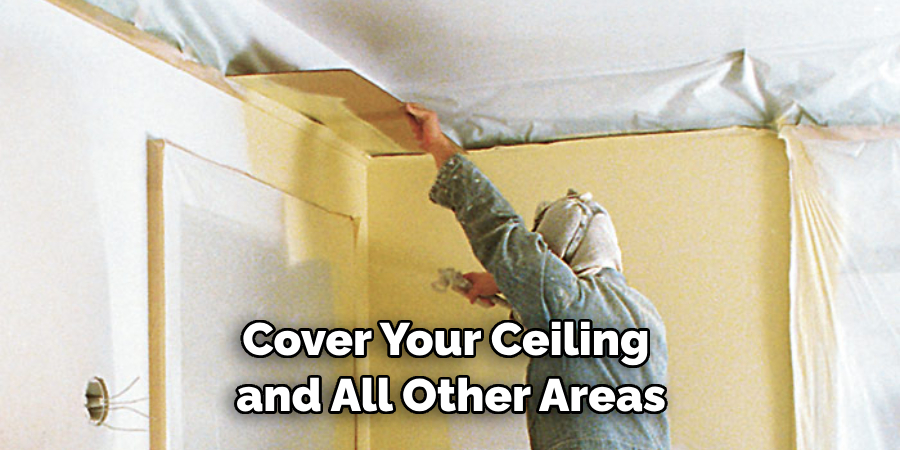
2. Use a Spray Shield
A spray shield is an excellent tool to prevent overspray and save you time and effort. The spray shield is a rectangular piece of plastic or metal that you attach to the end of your paint sprayer. It will protect surfaces that you don’t want to paint, like your ceiling. Hold the spray shield against your ceiling and keep it steady as you paint. With this, you can create a sharper line and avoid any errant spray.
3. Adjusting the Paint Spray Angle
When it comes to painting walls, the spraying angle is the key to success. The angle at which you hold your paint sprayer can make a big difference. For example, holding the sprayer perpendicular to the wall will direct the overspray almost directly upwards, making it more prone to hitting the ceiling. Instead, hold the paint sprayer at a 45-degree angle and spray from left to right, making sure to move smoothly and steadily.
4. Take Breaks to Inspect
As you paint, stop frequently to take a step back and inspect your work area. This will let you see any places where the paint may have gone astray. Remember to keep your hand steady as you move up and down the wall to avoid any accidental overspray. If you notice overspray, immediately wipe it off with a damp cloth.
5. Make use of Gravity
Gravity can be your friend when it comes to avoiding overspray. To do this, make sure that the direction of your spray is angled downward. This will help keep the spray from hitting the ceiling and other areas you don’t want to paint. This technique works best for painting lower walls because gravity will help draw the paint downward.
6. Change Your Paint Thickness
The consistency of your paint can also play a role in overspray control. Thinner paints are more prone to spraying, while thicker paints are not as likely to drift off-target. If you’re looking for a way to keep your paint from hitting the ceiling, consider using thicker paint. However, using too thick of paint can make your spraying job more difficult and time-consuming.
7. Use A Paint Extender
If you’re having trouble getting the perfect coverage without overspray, consider using a paint extender. This is a product that helps to thin out the paint and provide better coverage with less overspray. The extender will also help you to get an even finish without streaks or lines in the paint.
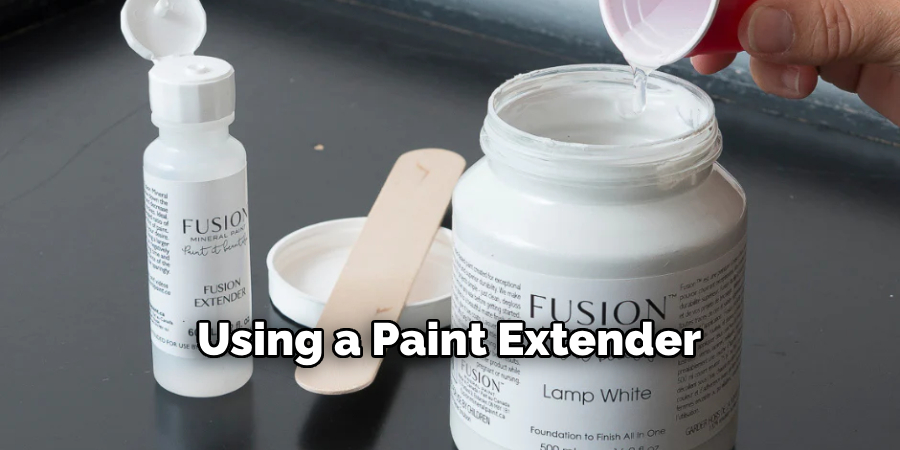
That’s it! You’ve now learned how to spray walls without hitting ceiling. Remember to prep your area, use a shield, adjust your angle of attack, take breaks and inspect for overspray, make use of gravity, change your paint thickness, and try using a paint extender. These tips will help you get the job done right!
5 Considerations Things When You Need to Spray Walls without Hitting Ceiling
1. The Right Tools
When you’re spraying walls, you’ll need to use the right tools to avoid hitting the ceiling. A good paint sprayer will have adjustable settings that allow you to control the width and direction of the spray. You should also use a drop cloth or tarp to protect the floor from paint overspray.
2. The Right Paint
Not all paints are created equal. When spraying walls, you’ll want to use paint designed for use with a sprayer. These paints are usually thinner than regular paints, which makes them easier to spray evenly.
3. The Right Technique
It’s important to use the right technique when spraying walls. Start by holding the sprayer about 12 inches away from the wall and moving it in a side-to-side motion. Overlap each stroke by about 50% to ensure even coverage.
4. The Right Time
Timing is everything when spraying walls. You’ll want to do it when the temperature is cool, and there is little humidity in the air. This will help the paint dry quickly and evenly.
5. The Right Preparation
Proper preparation is key to getting good results when spraying walls. Make sure the surface you’re painting is clean and free of any debris. Also, fill any holes or cracks with spackling or caulk before you start painting.

5 Benefits of Spray Walls without Hitting Ceiling
1. Helps to Keep Painted Walls Looking New
One of the benefits of using a paint sprayer rather than a traditional roller is that it helps to keep painted walls looking new for longer. When you use a roller, there is a tendency for the paint to build up in the corners and around edges, which can eventually lead to peeling and flaking. Paint sprayers apply a thin, even layer of paint that dries quickly and does not require touch-ups as often.
2. Saves Time
Another benefit of using a paint sprayer is that it can save you time. Paint rollers require multiple coats in order to achieve even coverage, but paint sprayers can usually do the job in just one or two coats. This means that you can finish painting your room much faster than you would if you were using a roller.
3. Less Mess
Paint rollers can also be messy, as they drip and splatter paint everywhere. On the other hand, paint sprayers are much less messy and will not leave any drips or smears behind. This can be especially helpful if you are painting ceilings or other hard-to-reach areas.
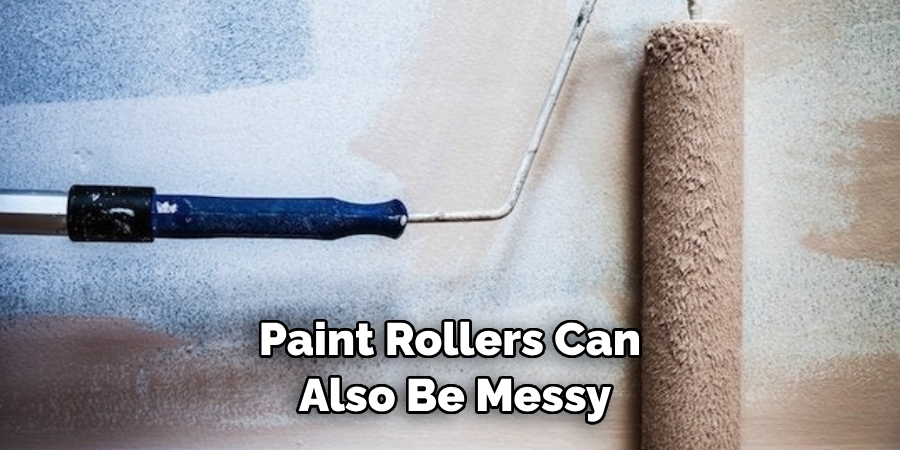
4. More Efficient Coverage
Paint sprayers are also more efficient than paint rollers when it comes to coverage. Paint rollers tended to leave behind streaks and missed spots, but paint sprayers provided even consistent coverage. This means you won’t have to go over your walls multiple times to get even coverage.
5. Can Be Used for Multiple Projects
Finally, paint sprayers can be used for more than just painting walls—they can also be used for painting furniture, cabinets, trim, and more. This means you can use your paint sprayer for multiple projects around your home, saving you time and money in the long run.
4 Common Mistakes People Make When Trying to Spray Walls without Hitting Ceiling
1. Not Using a Drop Cloth.
One of the most common mistakes people make when trying to spray walls without hitting the ceiling is not using a drop cloth. Drop cloths are essential for protecting floors and furniture from paint overspray. Without a drop cloth, it is almost impossible to avoid getting paint on surfaces you don’t want to be painted.
2. Not Taping Off the Ceiling.
Another common mistake people make is not taping off the ceiling before they start painting. This can result in paint getting on the ceiling, which can be very difficult to clean up. Taping off the ceiling will help to ensure that only the walls get painted.
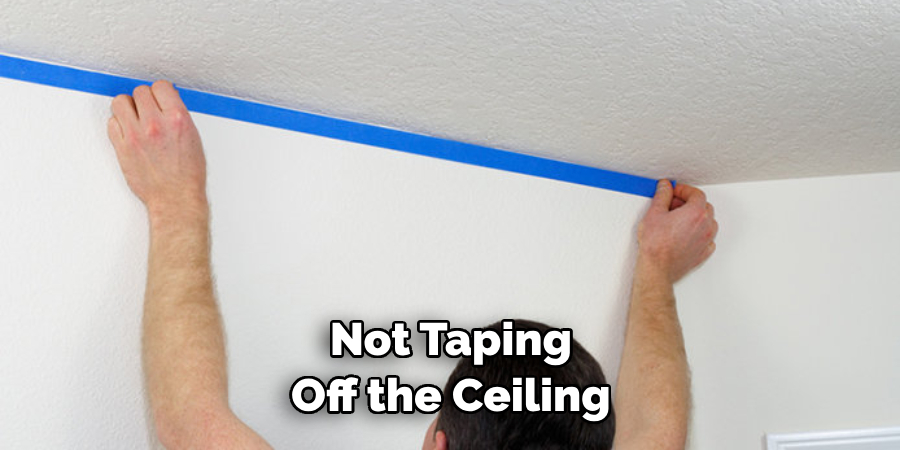
3. Not Using an Extension Pole.
Another mistake people make is not using an extension pole when painting. Extension poles allow you to reach high areas without having to use a ladder, which can be very dangerous. Additionally, extension poles help to keep you from getting too close to the wall, which can result in paint getting on your clothes or skin.
4. Not Wearing Protective Clothing.
Finally, another mistake people make is not wearing protective clothing when painting. Paint can be very messy, and it’s important to wear clothing that you don’t mind getting dirty. Additionally, wearing gloves and a mask is important to protect your hands and lungs from paint fumes.
What Type of Sprayer Should I Use to Paint Walls without Hitting the Ceiling?
Painting a room can be daunting, and one of the most challenging aspects is avoiding painting the ceiling. The last thing you want is to spend hours priming and painting walls only to realize that you’ve left a messy trail of paint on your ceiling. Fortunately, plenty of sprayers are specifically designed to help you avoid this issue.
When choosing the type of sprayer for painting walls, you should consider variables such as the size of the room, the type of paint being used, and your physical strength and capabilities. Some sprayers are better suited for small areas or DIY projects, while others can handle larger spaces and professional jobs. With the right equipment and technique, you can paint your walls like a pro without the fear of hitting the ceiling.
How Can I Make Sure that My Wall Spraying Does Not End Up On the Ceiling?
Wall spraying can be challenging, especially when you are worried about your hard work ending up on the ceiling. Fortunately, a few tips can help you ensure that your wall spraying stays on the wall where it belongs. First, make sure that you have a steady hand when you are spraying.
Keeping the sprayer at a consistent distance from the wall will ensure that the paint adheres evenly to the surface. Using a spray shield to protect the areas above and around the wall can also be helpful from overspray. With these tips, you can rest assured that your wall spraying will result in a neat and professional-looking finish.
Are There Any Tricks for Avoiding Overspray onto Ceilings when Spraying Walls?
Wall spraying can be quite challenging, especially when you’re worried about the excess paint spreading to areas where it’s not meant to be, like the ceiling. But fret not, as a few tricks can help you achieve clean and precise wall spraying without any unwanted splatters. One of the most effective methods is using good-quality painter’s tape to cover the ceiling and other areas that you don’t want to get painted.
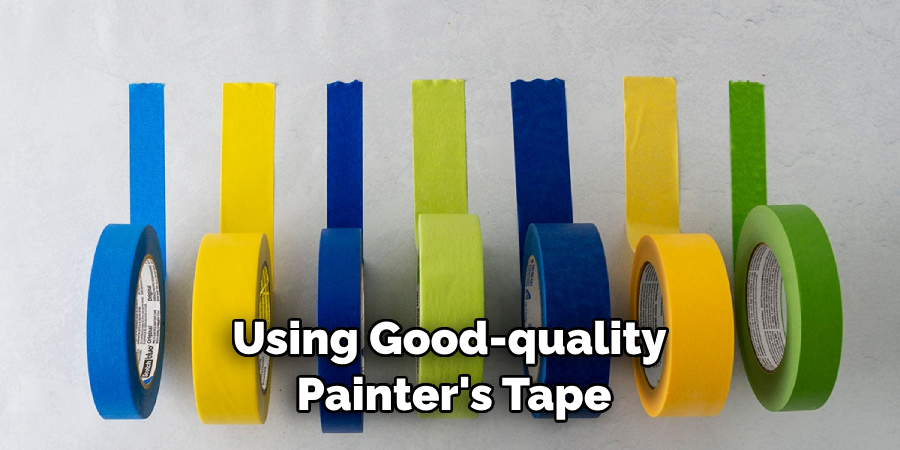
Another trick is adjusting the spray nozzle to a horizontal pattern, which will propel the paint toward the wall without causing much splatter. You can also try using a thin plastic sheet to cover the ceiling while spraying to prevent paint droplets from interfering with it. With these tips up your sleeve, you can achieve flawless wall spraying without having to worry about any mess on your ceiling.
Conclusion
Using a paint sprayer can be daunting, but with these tips and tricks, you can achieve a professional-looking paint job while avoiding any messes. As with anything in life, practice makes perfect – try out these tips and tricks, and don’t hesitate to do it again and again until you feel confident. Thanks for reading our post about how to spray walls without hitting ceiling.
